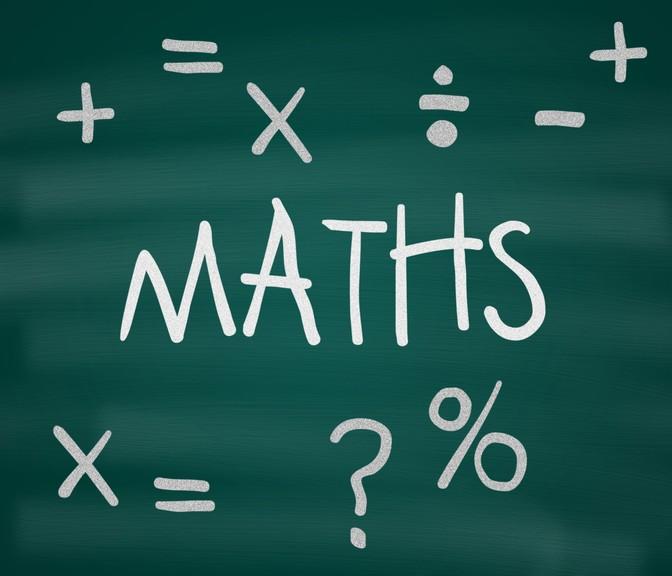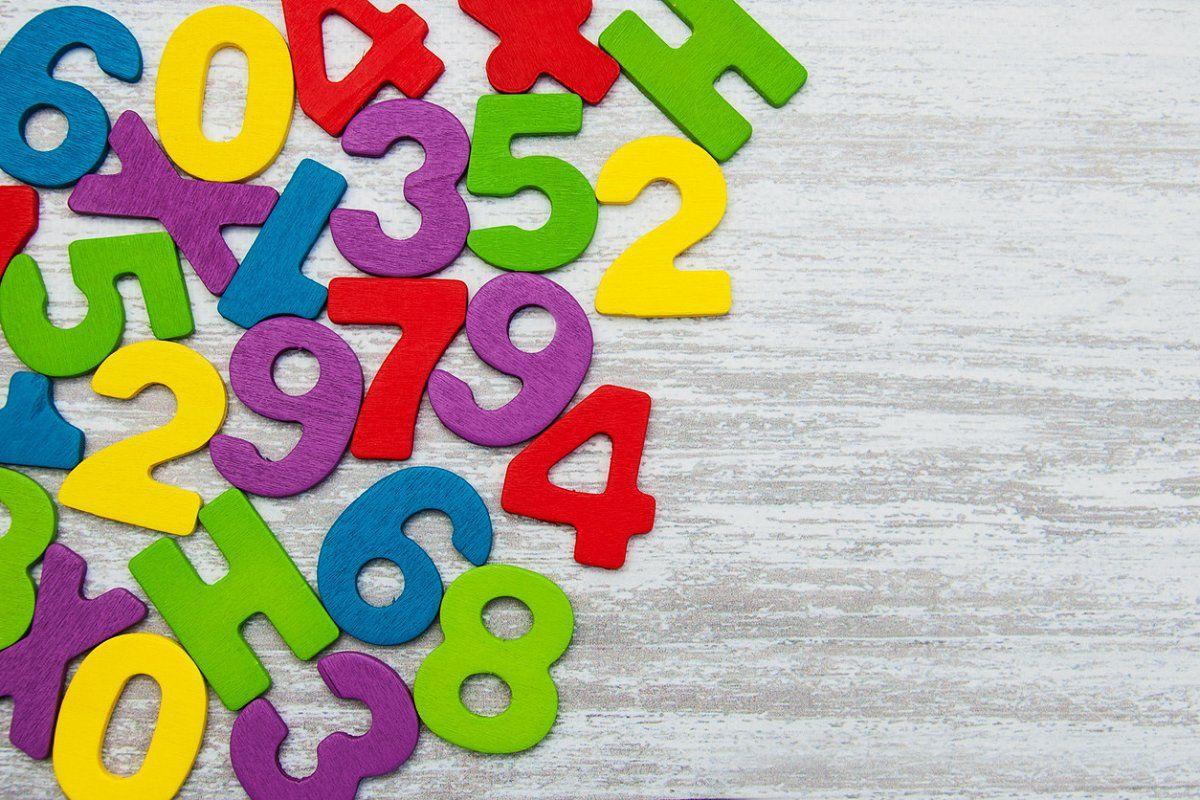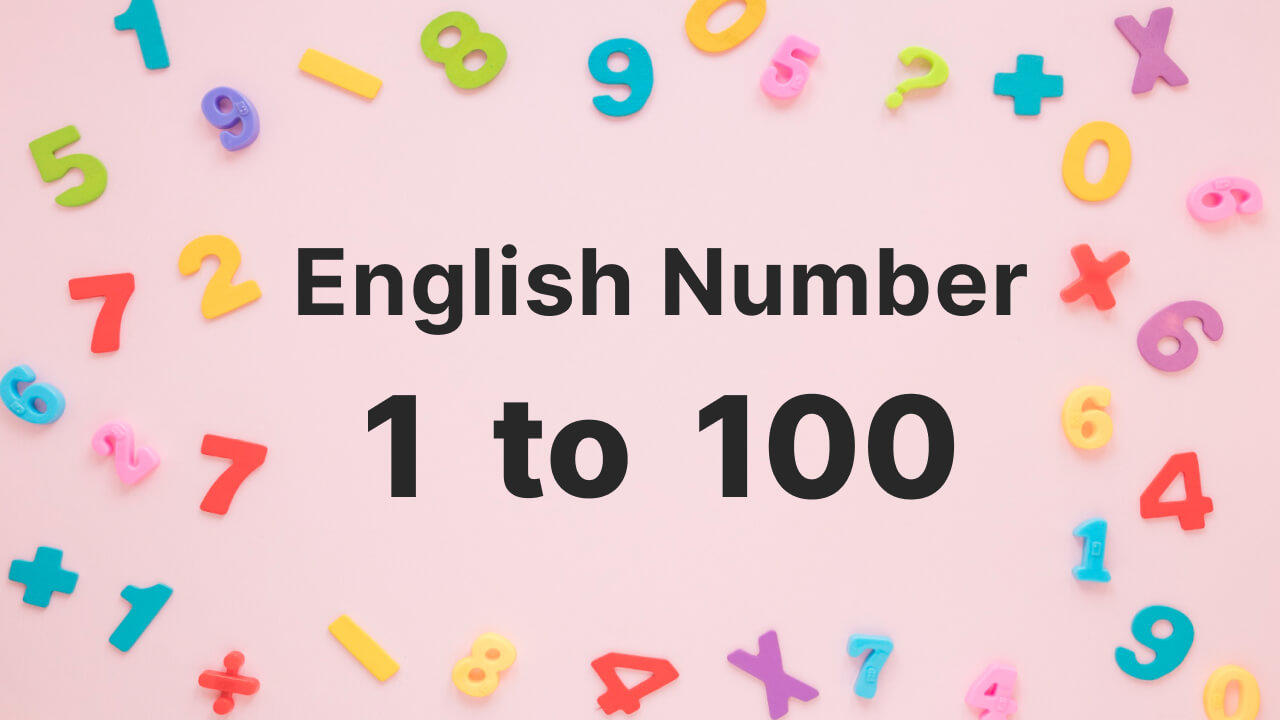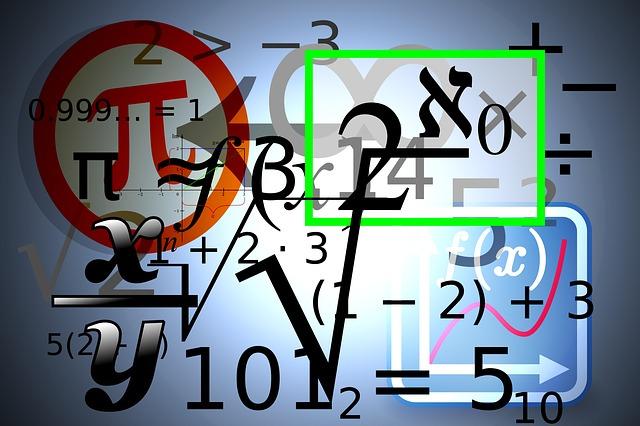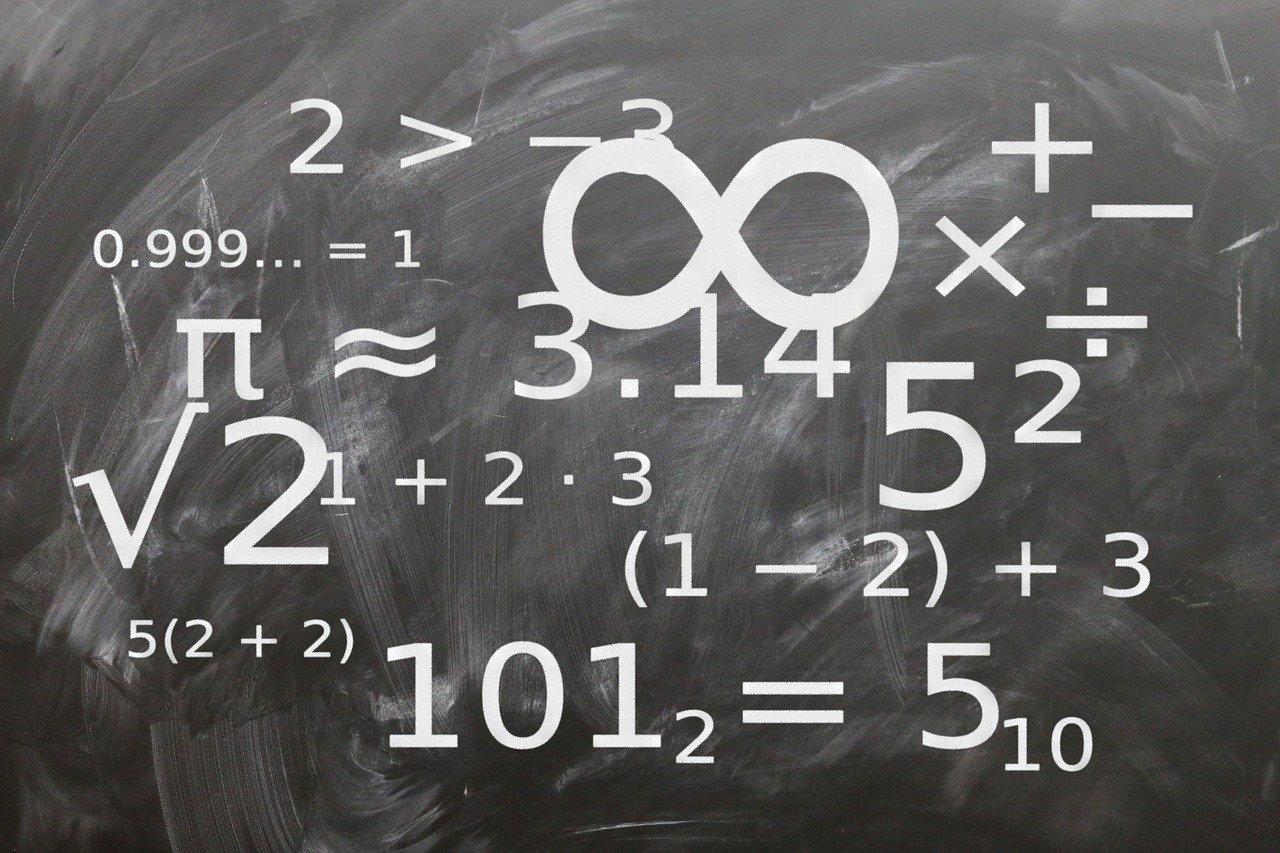Vedic Mathematics is an ancient calculating approach that encompasses a compilation of procedures and sutras for solving mathematical problems in a straightforward and expedited manner. Vedic mathematics yields concise solutions, in contrast to the several processes involved in conventional mathematics. There exist six Vedanganas. The Jyotish Shastra is one of the six shastras. Vedic Math is a component of the Jyotish Shastra. Vedic mathematics is composed of three distinct parts or 'skandas'.
The elegance of Vedic Mathematics rests in its inherent simplicity; all computations may be performed with only a pen and paper. The method of problem-solving enhances and hones cognitive abilities, including mental acuity, memory retention, and concentration. It enhances the ability to think creatively and encourages the development of new ideas and approaches.
Vedic Mathematics is basic and may be readily understood. Once a learner grasps the fundamental principles, they can employ ingenuity in their approach. As a result, their comprehension is enhanced. It is adaptable and applicable to pupils of all age groups. Utilizing Vedic Mathematics in competitive examinations can provide pupils with a distinct advantage over their peers.

What is Vedic Maths?
Vedic Maths, also known as Vedic Mathematics, comprises a set of techniques or principles designed to efficiently and expeditiously accomplish numerical calculations. The system has 16 Sutras, known as Formulae, and 13 sub-sutras, known as Sub Formulae. These principles may be utilized to solve issues in many mathematical disciplines such as arithmetic, algebra, geometry, calculus, and conics. The many sutras and sub-sutras of Vedic mathematics aid in the efficient and precise execution of mathematical calculations.
Who Invented Vedic Maths?
Vedic Maths was discovered by Shri Bharathi Krishna Tirthaji between 1911 and 1918. Tirthaji, recognized as the pioneer of Vedic Mathematics, documented his discoveries in a book called Vedic Mathematics in 1957. In this publication, he expounded on the 16 Sutras.
Tirthaji, who was born in 1884 in Puri, Orissa, possessed exceptional expertise in disciplines such as Mathematics, Humanities, Science, and Sanskrit. He said that he had reestablished the Sutras (formulas) from the Vedas, particularly the Rig-Veda, either directly or indirectly.
Strengthen your basics with a maths class 8 to better understand concepts of Vedic Maths.
Vedic Maths Sutras
| Vedic Maths Sutra | Meaning |
| Ekadhikina Purvena | By one more than the previous one |
| Nikhilam Navatashcaramam Dashatah | All from 9 and the last from 10 |
| Urdhva-Tiryagbyham | Vertically and crosswise |
| Paraavartya Yojayet | Transpose and adjust |
| Shunyam Saamyasamuccaye | When the sum is the same, that sum is zero |
| (Anurupye) Shunyamanyat | If one is in ratio, the other is zero |
| Sankalana-vyavakalanabhyam | By addition and by subtraction |
| Puranapuranabyham | By the completion or non-completion |
| Chalana-Kalanabyham | Differences and Similarities |
| Yaavadunam | Whatever the extent of its deficiency |
| Vyashtisamanstih | Part and Whole |
| Shesanyankena Charamena | The remainders by the last digit |
| Sopaantyadvayamantyam | The ultimate and twice the penultimate |
| Ekanyunena Purvena | By one less than the previous one |
| Gunitasamuchyah | The product of the sum is equal to the sum of the product |
| Gunakasamuchyah | The factors of the sum is equal to the sum of the factors |
Main Concepts of Vedic Mathematics
Vedic Mathematics is based on a set of principles and techniques derived from ancient Indian scriptures. Here are some main concepts:
- Sutras (Formulas): There are 16 main sutras (aphorisms) that provide shortcuts for solving mathematical problems, such as:
Ekadhikena Purvena: "By one more than the previous one."
Nikhilam Navatashcaramam Dashatah: "All from 9 and the last from 10."
Vertical and Crosswise: A method for multiplication that allows for easier calculations by breaking numbers into parts.
Base Number System: Techniques for performing calculations in different bases, making arithmetic operations simpler.
Squaring and Cubing: Special methods for quickly squaring and cubing numbers, often using patterns or specific formulas.
Division Techniques: Strategies for division that simplify the process, including the use of complements.
Fractions: Vedic Mathematics offers efficient ways to handle fractions, including addition, subtraction, and simplification.
Algebraic Identities: Utilizing identities to simplify polynomial expressions and equations.
Geometric Concepts: Methods for solving geometric problems using algebraic techniques.

Importance of Vedic Maths
The significance of Vedic Mathematics may be elucidated through several means.
- Facilitates intricate computations
- One of the primary advantages of Vedic mathematics is the streamlining of intricate computations. Vedic mathematics employs a range of methods, from basic arithmetic to algebra, that may effectively deconstruct complex issues into more manageable components. This approach greatly simplifies the process of addressing such problems and enhances one's intuitive understanding of them.
- Enhances speed and precision
- By engaging in regular practice, Vedic mathematics has the potential to significantly enhance your computational speed. It enables you to do intricate mental calculations, diminishing the need for calculators and improving cognitive flexibility. Consequently, the use of Vedic mathematics concepts enhances precision by minimizing the likelihood of mistakes.
- Improves cognitive abilities
- Vedic mathematics encompasses more than the acquisition of novel computation methods. Additionally, it serves as a superb exercise for the mind. It has the potential to enhance memory, focus, and general cognitive abilities, rendering it a powerful instrument for mental growth.
- Enhances self-assurance and enthusiasm for mathematics
- Mathematics can be a significant challenge for several individuals, sometimes resulting in diminished self-assurance and enthusiasm. Nevertheless, the enjoyable and engaging characteristics of Vedic mathematics have the potential to alter this viewpoint. It has the ability to reduce the intimidating nature of mathematics and increase its appeal, promoting a stronger feeling of self-assurance and inquisitiveness towards the topic.
- Relevant in everyday life
- The methodologies of Vedic mathematics possess not only academic or professional utility, but also find practical relevance in everyday life. If you need to manage your costs, determine discounts, or plan a project, Vedic mathematics can assist you in accomplishing these things effortlessly.
- Aids in competitive examinations
- Several competitive examinations have specific parts focused on numerical skills or mathematical aptitude. Utilizing the rapid calculation techniques of Vedic mathematics may significantly enhance your ability to solve problems quickly and accurately, hence improving your likelihood of achieving success.
Tricks and Examples of Vedic Maths
Vedic mathematics offers a variety of techniques to efficiently carry out various mathematical operations, including addition, subtraction, multiplication, division, squares, square roots, and more. These techniques facilitate the rapid calculation of numerical problems in comparison to traditional mathematical approaches. Vedic mathematics techniques expedite the process of completing calculations and foster enthusiasm for acquiring further tricks of this nature. Now, let's examine various techniques, accompanied by examples, to enhance our comprehension.
Vedic Maths Addition Tricks
Compute: 98765 + 63217 + 89522 + 60543 or by Sutra Ekadhikena Purvena, add 98765, 63217, 89522, and 60543.
- Write the given numbers in rows and columns by giving some space between the digits.
- Column I (from the right side), add the first two digits, 5 + 7 = 12
- Mark Ekadhika dot(.) on 1, (digit which is next to 7 in column II)
- Now, start again adding with 2;
- 2 + 2 = 4
- Again start with 4 such that 4 + 3 = 7
- Write 7 below at the answer’s place.
- Add the remaining columns in the same way.
- Thus, the final answer will be obtained as 312047.
Vedic Maths Subtraction Tricks
Subtract 389 from 746.
- Write the given numbers in rows and columns by giving some space between the digits.
- Consider column I (from the right end), 9 is greater than 6 so we cannot subtract it from 6.
- 1 is the best friend of 9 and add 1 to 6, i.e. 1 + 6 = 7. So write 7 in the answer place and mark Ekadhika dot(.) on 8, which is in the same row of column II such that it becomes 9 (as 8 + 1 = 9).
- Here, dot(.) on the number represents one more than the previous number.
- Similarly, we need to subtract the remaining numbers. Thus, the answer will be 357.
Vedic Maths Multiplication Tricks
Multiply 63 and 67.
Solution:
63 × 67
Sum of unit digits = 3 + 7 = 10
Digits in tens places = 6
So, we can write the multiplication as:
63 × 67 = 6 × (6 + 1)/3 × 7
= 6 × 7/3 × 7
= 42/21
= 4221
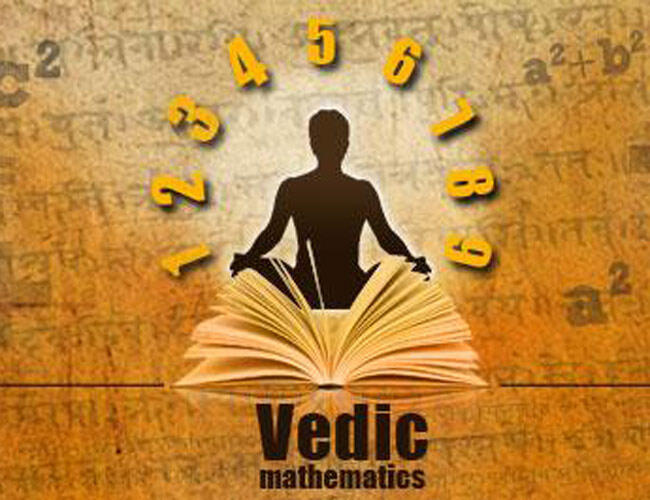
Vedic Maths Books
| Book | Description |
| The Cosmic Calculator Course | Covers Key Stage 3, designed for students aged 11 to 14, and aligns with the National Curriculum for England and Wales. |
| The Natural Calculator | Basic guidebook on mental mathematics, specifically focusing on the Vedic techniques |
| Vedic Mathematics | The original book by Bharati Krishna Tirthaji that introduced the concept to the Western world |
| Discover Vedic Mathematics | Consists of sixteen chapters, each dedicated to a certain Vedic Sutra or sub-Sutra, including numerous examples of the practical applications of each Sutra |
| Vertically and Crosswise | Advanced book on one Vedic Sutra |
| Astronomical Applications of Vedic Mathematics | Discusses the various astronomical applications |
| Vedic Mathematics Proofs | Technical book with proofs for the Vedic methods that were not provided by Tirthaji |
| The Crowning Gem | Focuses on the far-reaching applications of the Vertically and Crosswise formula |
| Why Do We Calculate Backwards? | A basic, easy-to-read book that shows that we do calculate backward |
| The Circle Revelation | Simplified version of Geometry for an Oral Tradition. |
















